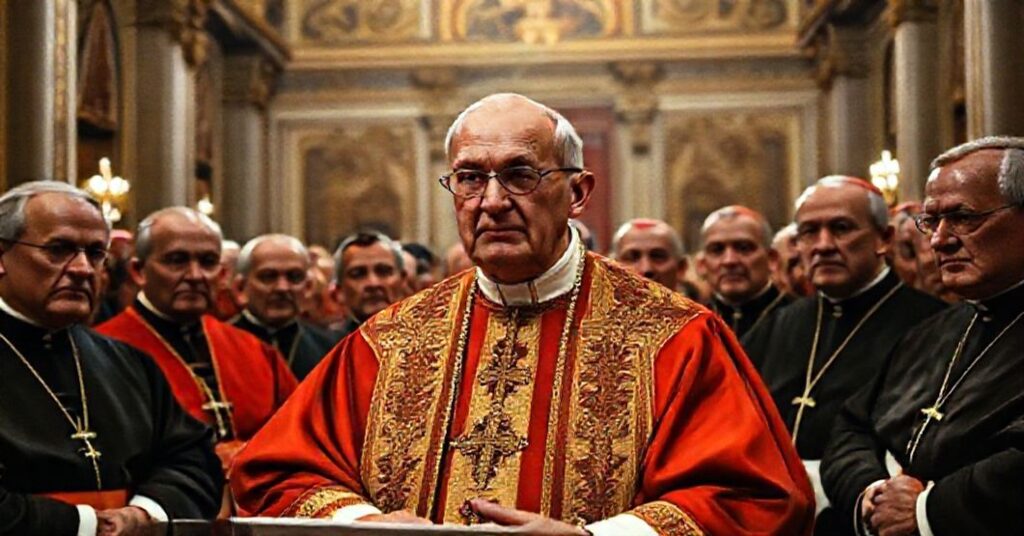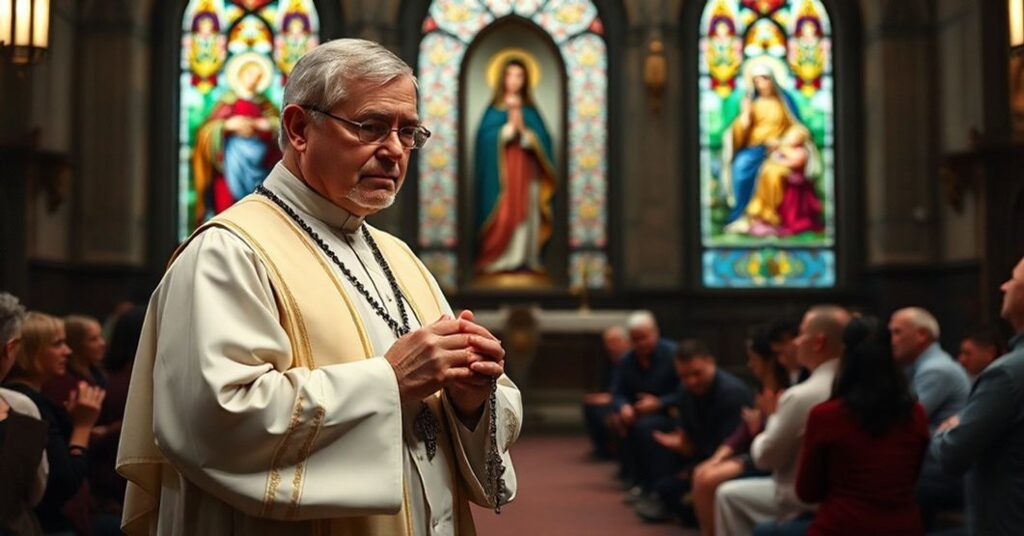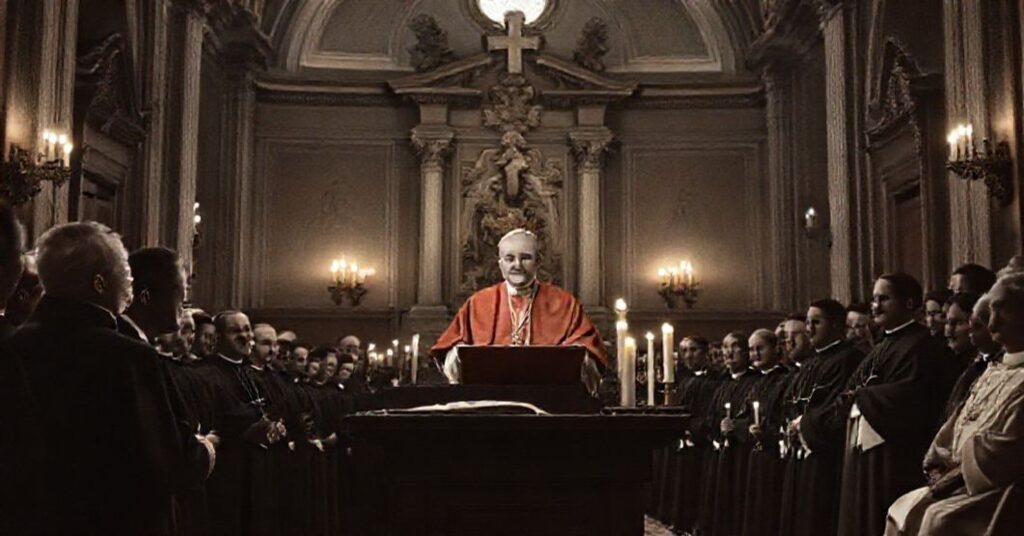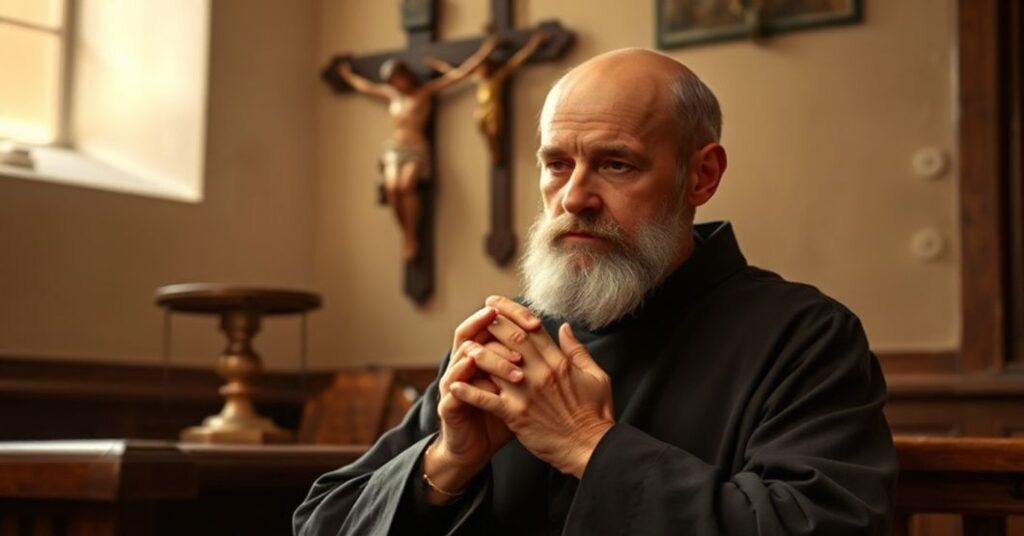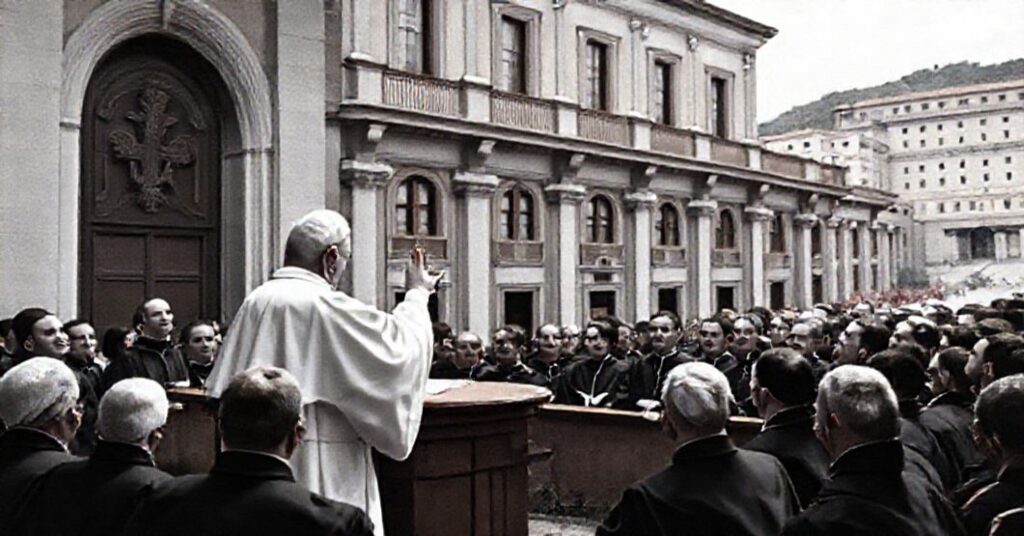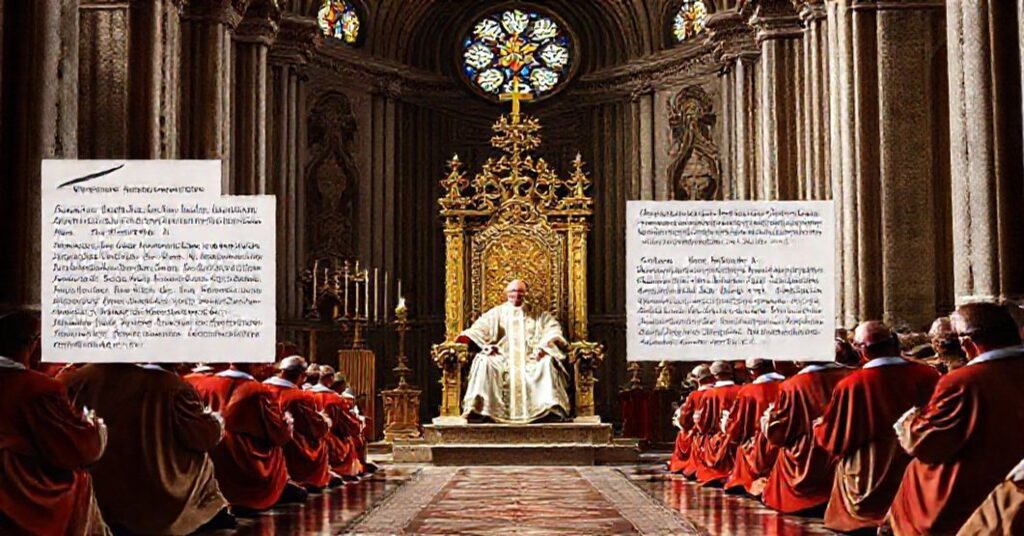Allocutio Romanae Synodi (1960.01.25): The Pious Mask of an Approaching Revolution
Vatican portal publishes the Latin allocution of antipope John XXIII (25 January 1960) at the first session of the Roman Synod, in which he exhorts the Roman clergy to priestly holiness, derives their dignity from the Sacrifice and the power of absolution, invokes Saints Peter and Paul, praises the Roman Catechism of Trent, and recommends deeper liturgical and scriptural devotion as the foundation of sacerdotal life. Behind a language apparently saturated with Tradition, Scripture, Trent, and Eucharistic devotion, he constructs a carefully moderated, sentimental, and selective rhetoric that prepares minds for the imminent conciliar subversion, disguising the rupture against the integral Catholic faith under the guise of continuity and “renewal.”





